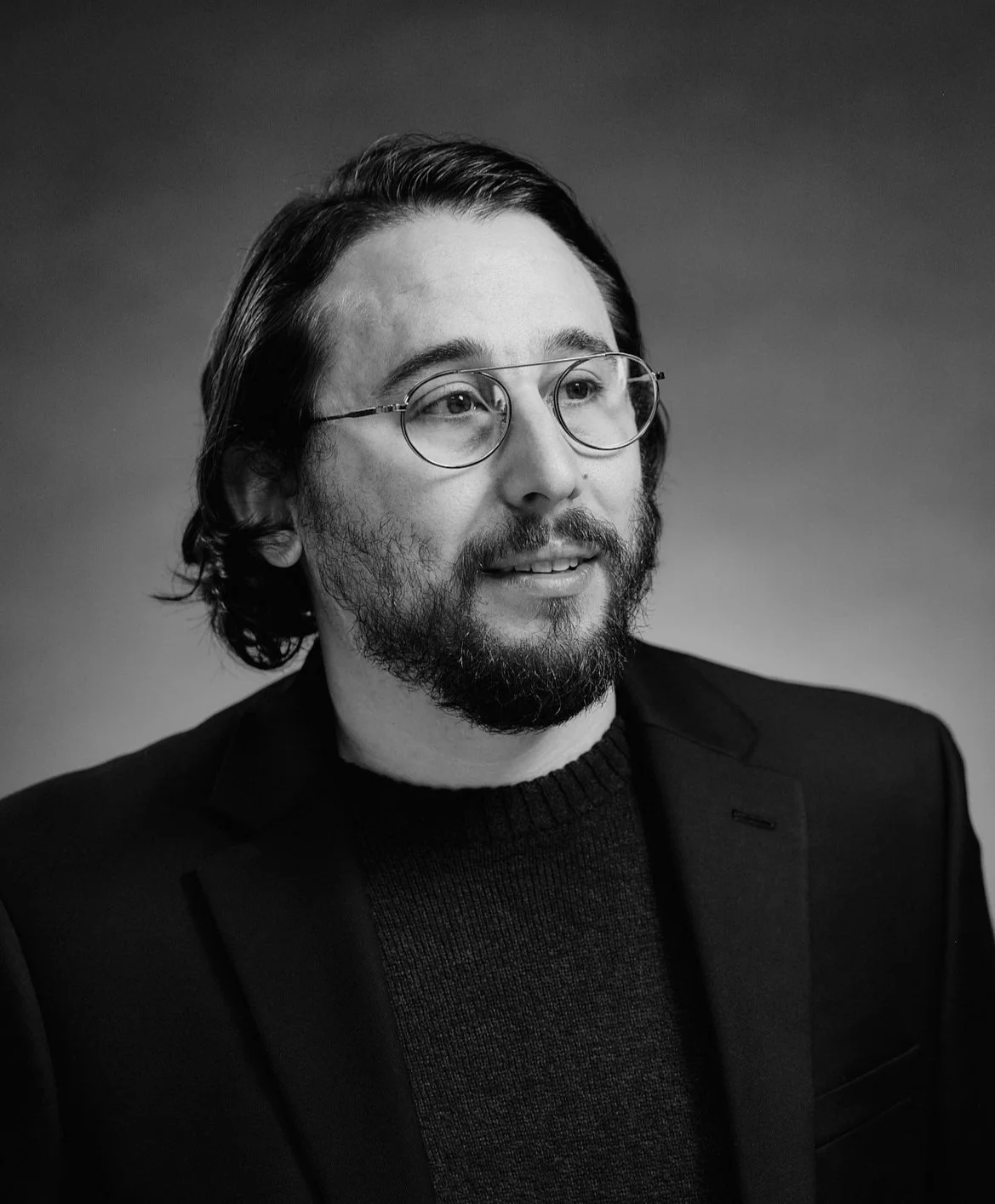Shoshana gugenheim kedem
Founding Artist & Co-DIRECTOR
Shoshana Gugenheim Kedem is an interdisciplinary artist, Torah scribe, curator and chutzpanit. Shoshana’s work dismantles patriarchy in Jewish and other spaces, redistributes agency to the public domain and centers the female voice through the sacred and the mundane. Institutional critique and publicly generated solutions provide an avenue for the new imaginary in her socially engaged works.
Shoshana was one of the first women in modern times to train and practice as a Torah scribe. Her scribal work inspired her international collaboration, Women of the Book, launched with the Jerusalem Biennale 2015 and acquired by the Yale University Arts Library Collection. Today her work as a scribe manifests through her ongoing project, Or Hadash | עור חדש, an art intervention into the parchment making industry. Shoshana is the founding Artistic Director and Chief Curator of the Greensboro Contemporary Jewish Museum in Greensboro, NC and of The Gugenheim Portland situated in her family residence in their NE Portland, OR neighborhood.
Shoshana lived for 20 years in Israel where the heart of her activism was shaped by her efforts to advance women’s and Palestinian rights. Previous to her years in Israel Shoshana was a pioneer Jewish environmental educator and wilderness guide. Today she speaks, teaches and consults internationally. Shoshana is grateful to have had her work supported by the Oregon Arts Commission, The Ford Family Foundation, Regional Arts and Culture Council (Portland, OR), Targum Shlishi, The Hadassah Brandeis Institute, The Eugene and Estelle Ferkauf Foundation, The Eicholz Foundation, The Simon Benson Foundation, The Gottesman Foundation, the Zachs Family Foundation and many other private donors and institutions.
ADAM CARLIN
Co-DIRECTOR
Adam Carlin is a curator, educator, administrator, farmer, and social practice artist. He is currently the Executive Director of Women of the Shoah, owner of Talkrot gourmet mushroom farm, and co-Director of the artist project, the Greensboro Contemporary Jewish Museum, a decentralized museum that explores the intersections between contemporary art practices and southern Jewish life.
He is also co-Director of the artist project, the Greensboro Contemporary Jewish Museum, a decentralized museum that explores the intersections between contemporary art practices and southern Jewish life. Carlin was previously the Director of Community Engagement for UNC Greensboro’s College of Visual and Performing Arts and Director of UNCG’s off-campus contemporary art center Greensboro Project Space. Other notable projects Carlin co-Founded and co-Directed include Creek Colleges, an organization that created schools on the banks of rivers, lakes, and creeks that are going through active restoration and Some Thing Spacious, an experimental project space in Oakland, CA that focused on participatory art practices. He received a BFA from California College of the Arts and an MFA in Art and Social Practice from Portland State University.
Carlin’s practice draws from a variety of histories and lineages. From community organizing principles defined in the civil rights era; to the expanded field of sculpture; to the contemporary canon of socially engaged arts. But first and foremost his practice draws from that which is right in front of him. He makes both permanent and ephemeral projects that are created in context to the external environment, be that a community, a history, a situation, a place, or a person. The projects act as platforms for these constituents to tell their stories, to express their own creativity, and to contribute to a collective idea or action. Some of his personal works often take the form of institutes as artworks which grants artists the power to not only create institutions of their own but to radically reimagine institutional practices in order to counter systemic inequalities that are embedded into the tradition of the arts. Working simultaneously as a curator, educator, administrator, and socially engaged artist, Carlin’s artistic projects have taken the forms of schools, colleges, museums, departments, and various other institutions whose qualities he has co-opted as a container for participatory projects for the public.



